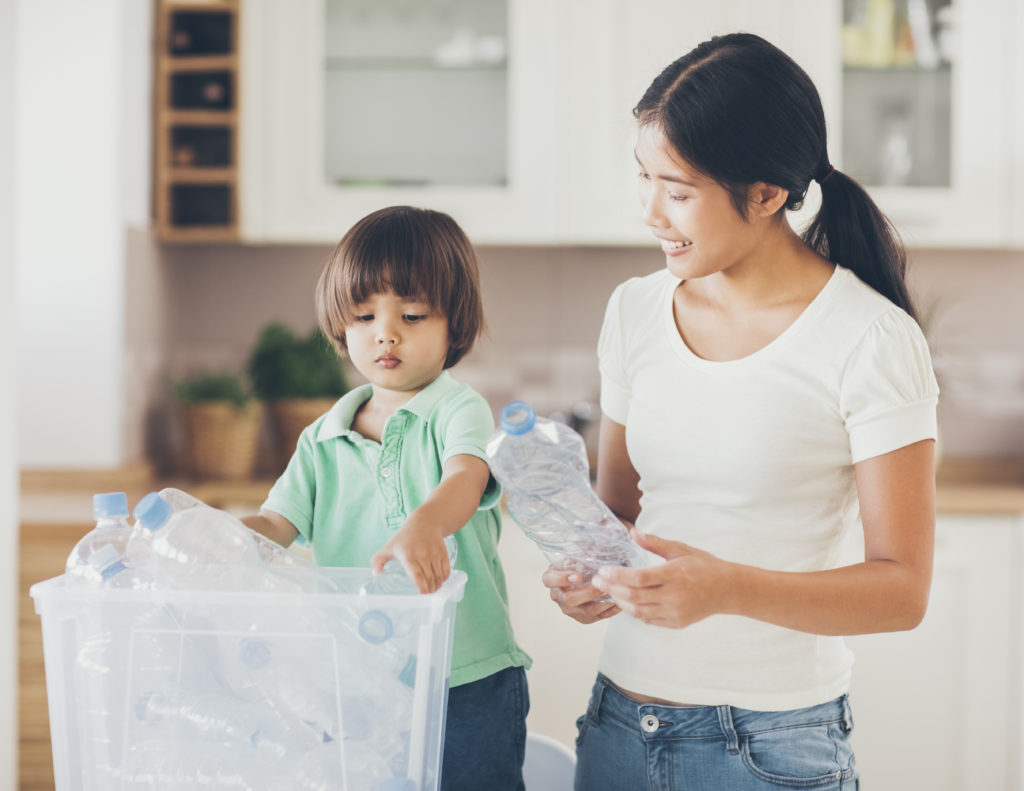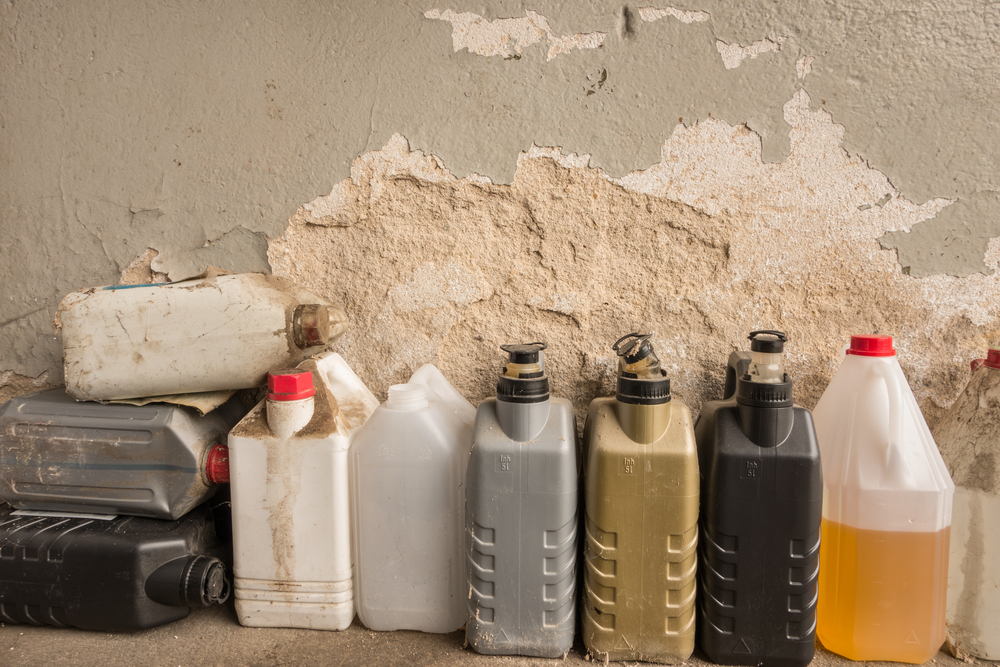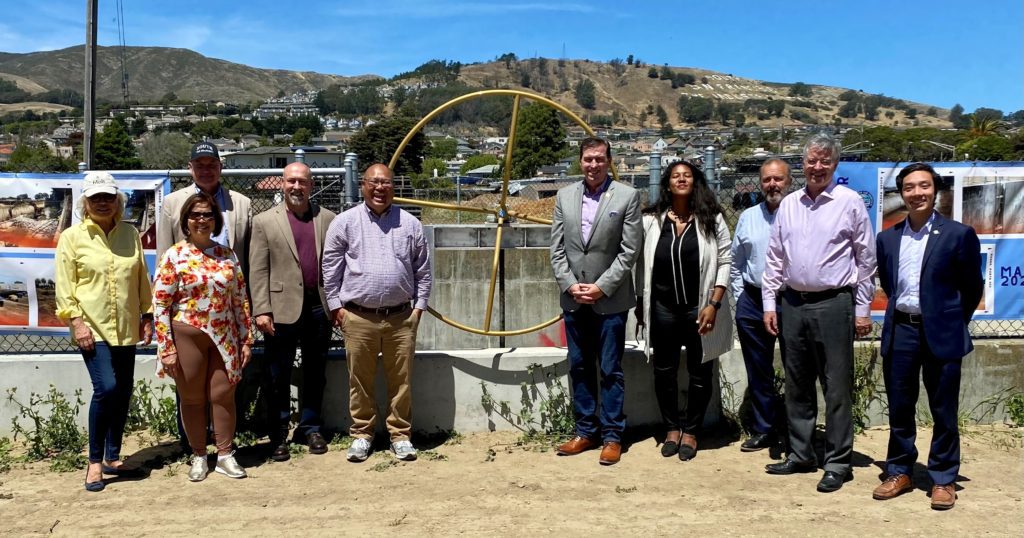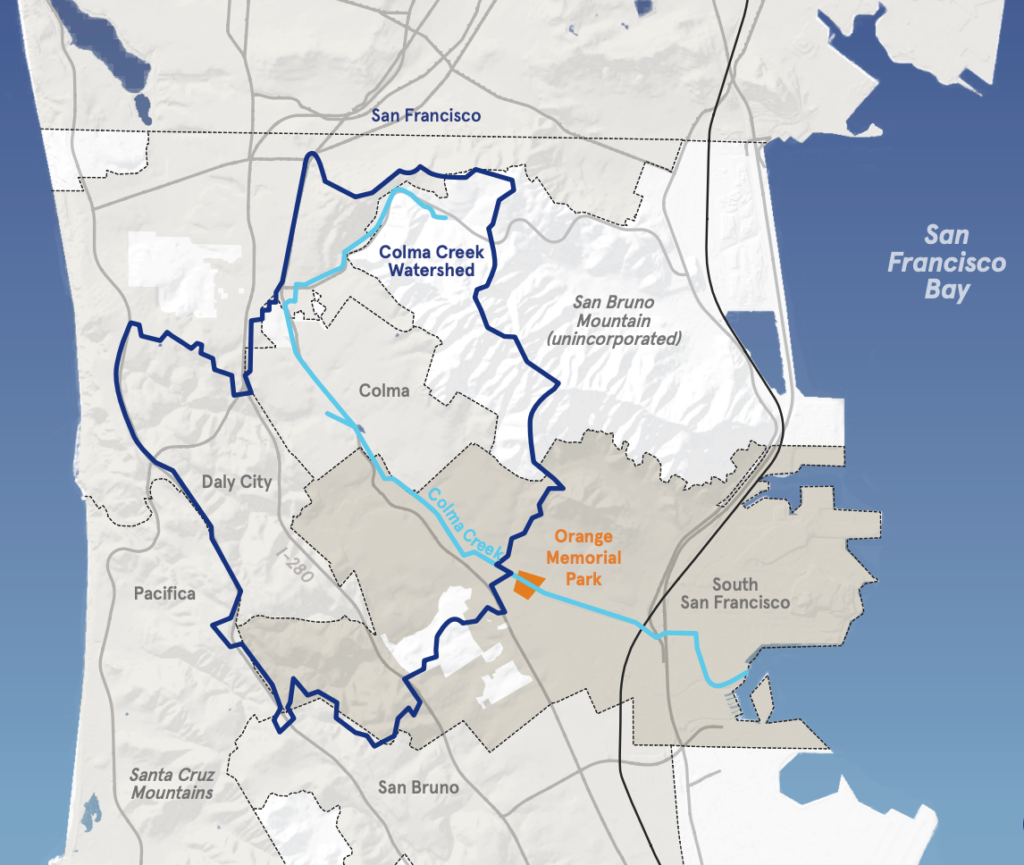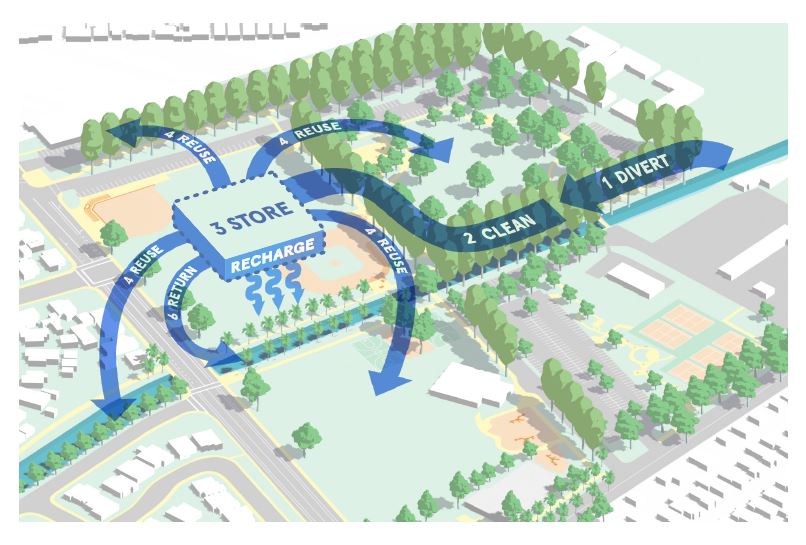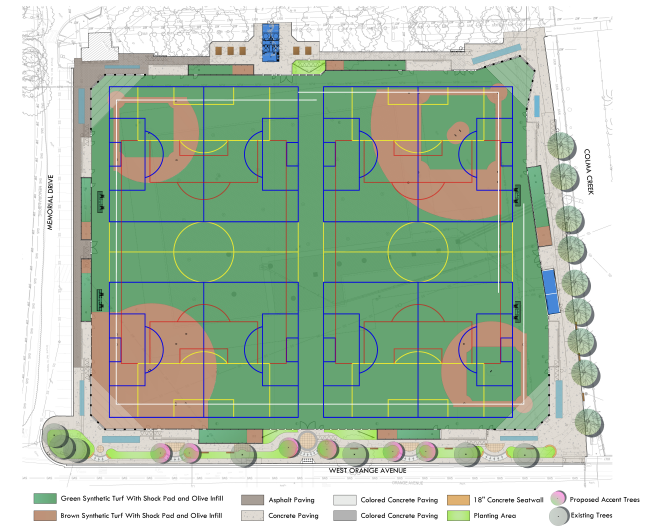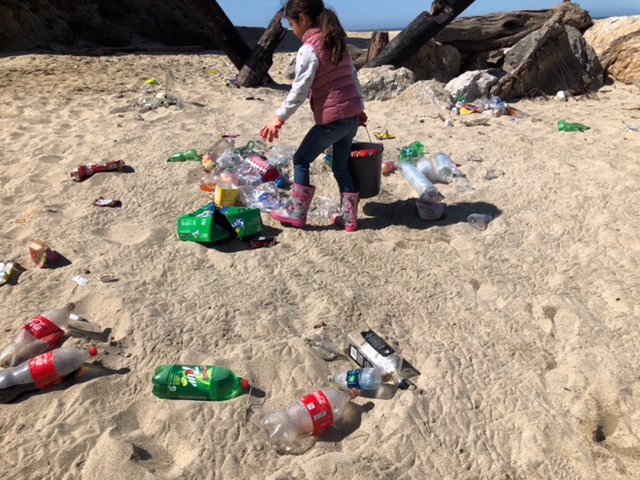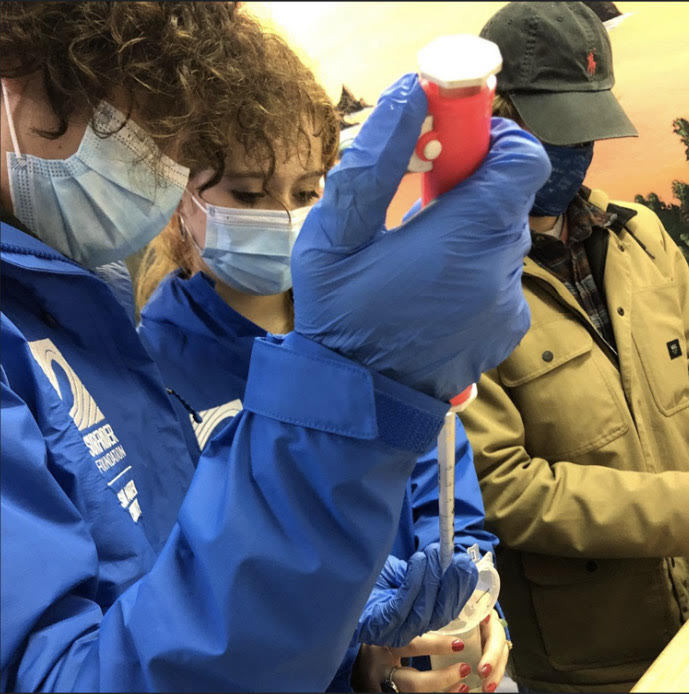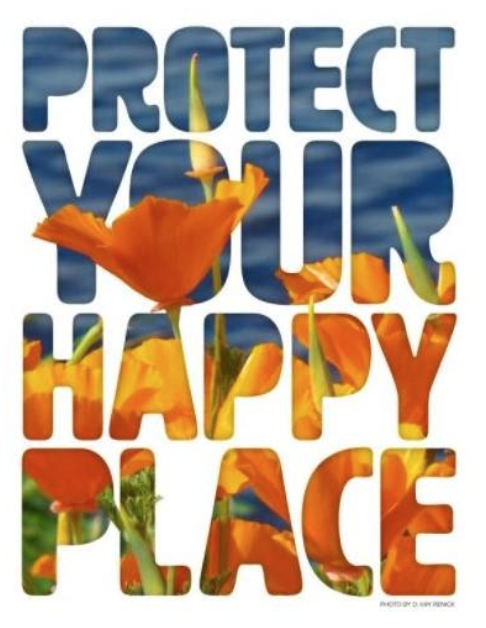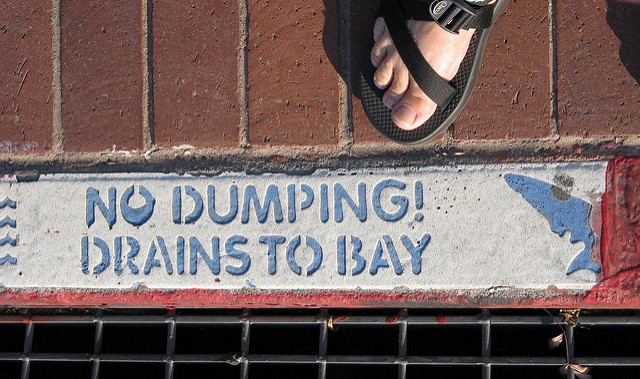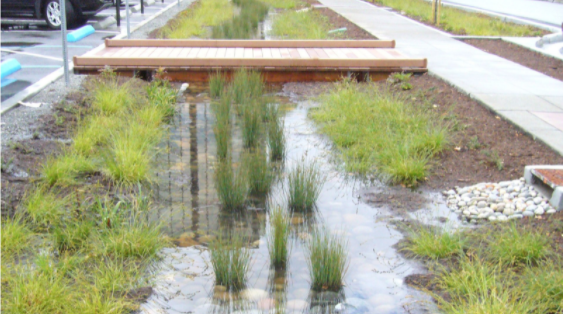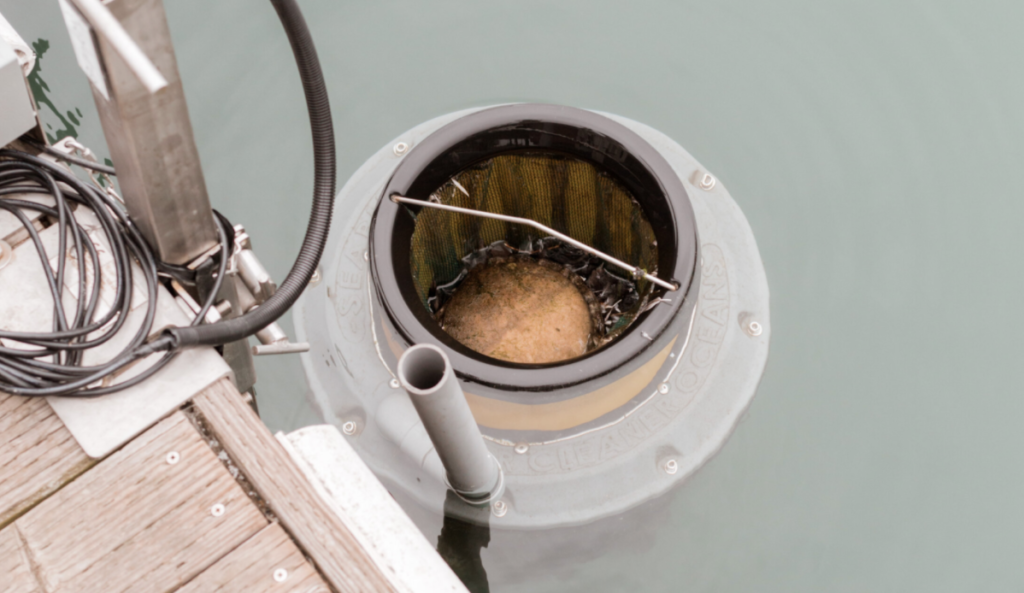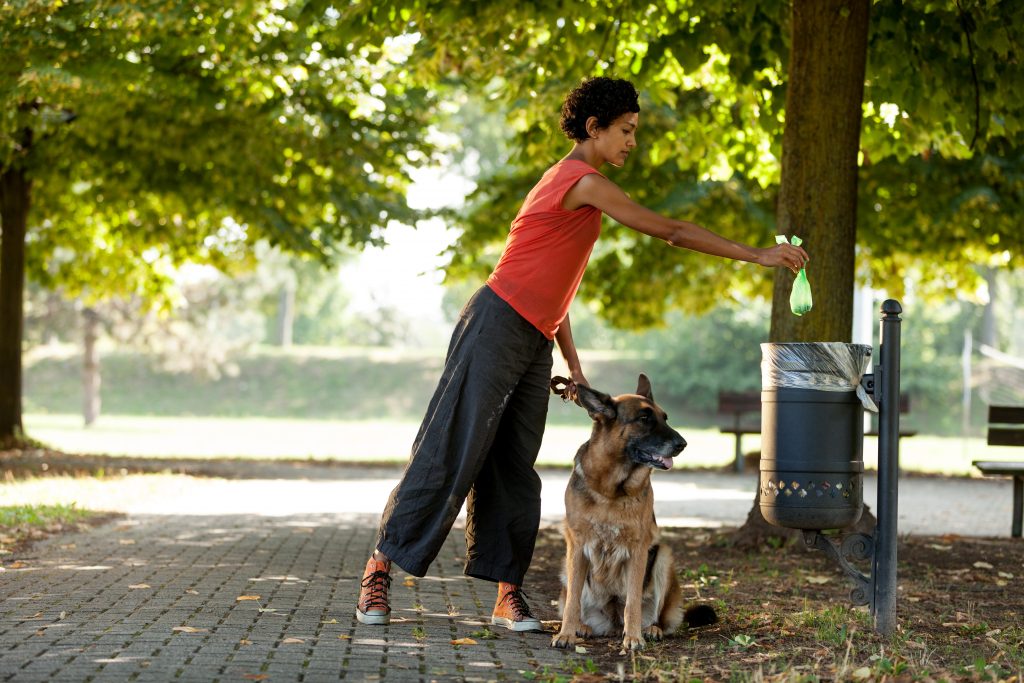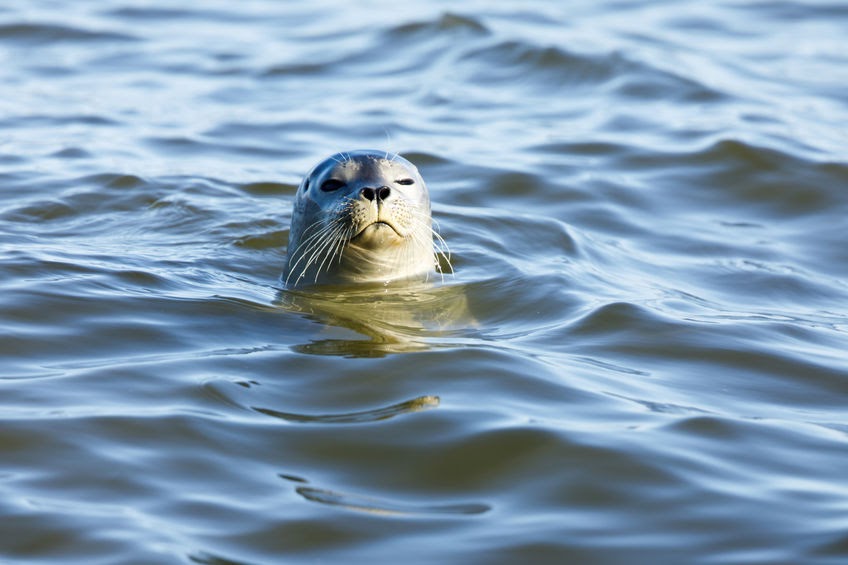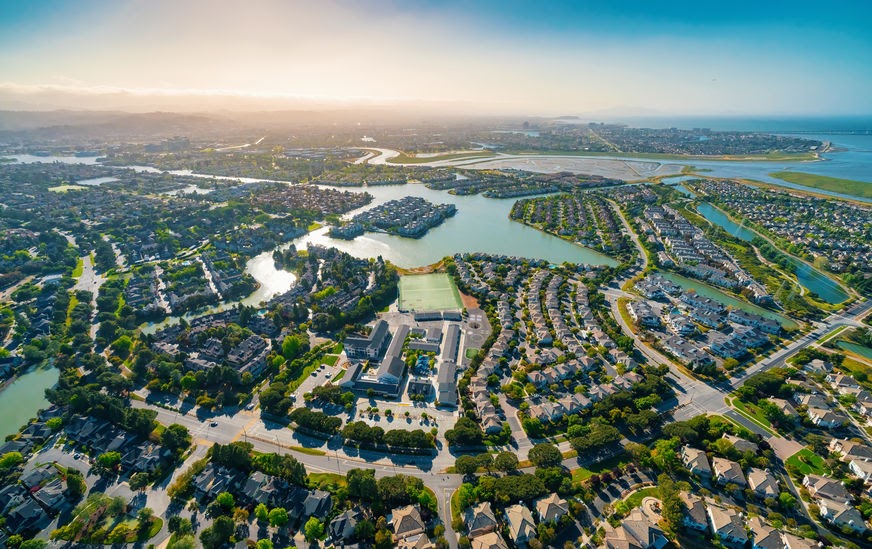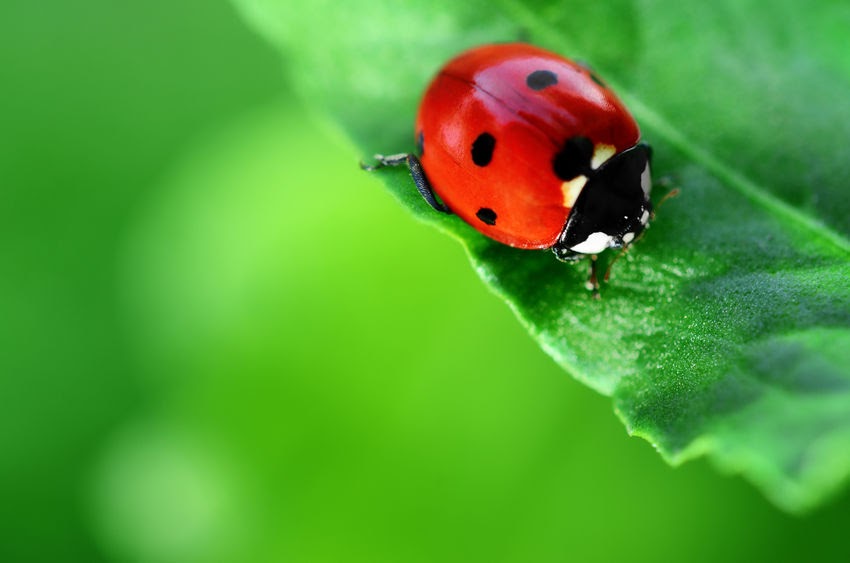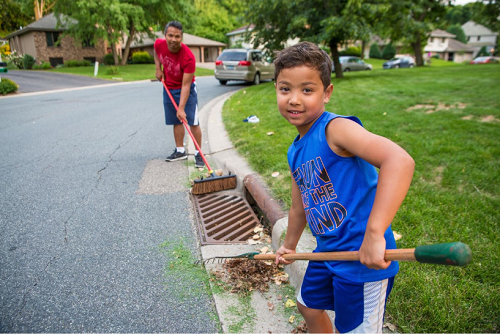It’s that “tide” of year again for the annual California Coastal Cleanup Day! Going on 38 years, the San Mateo County Environmental Health Services hosts a countywide Coastal Cleanup Day dedicated to local creek, park, neighborhood, and beach cleanups. If it’s an outside shared space, it counts! It all counts because it’s all connected.
Explore the Connection
Even the smallest piece of trash can make a BIG impact. Stormwater picks up trash and other pollutants and carries them into storm drains. From there, the polluted stormwater travels to local streams and creeks. Wildlife may mistake all kinds of debris for food, which harms local biodiversity. If not eaten by wildlife, trash continues to travel into our oceans where it may break down over time into tiny particles called microplastics. Microplastics are ingested by marine life, which also threatens human health when we consume seafood that has eaten microplastics. Keeping our waterways clean through pollution prevention measures such as community cleanups is crucial to a healthy and safe San Mateo County.
The Impact
We aren’t joking about the impact you can have! Just last year, 2,700 volunteers came together to pick up 22,000 pounds of trash and recyclables, keeping them out of our waterways. Small measures like dedicating a day to an organized cleanup can make a huge impact.
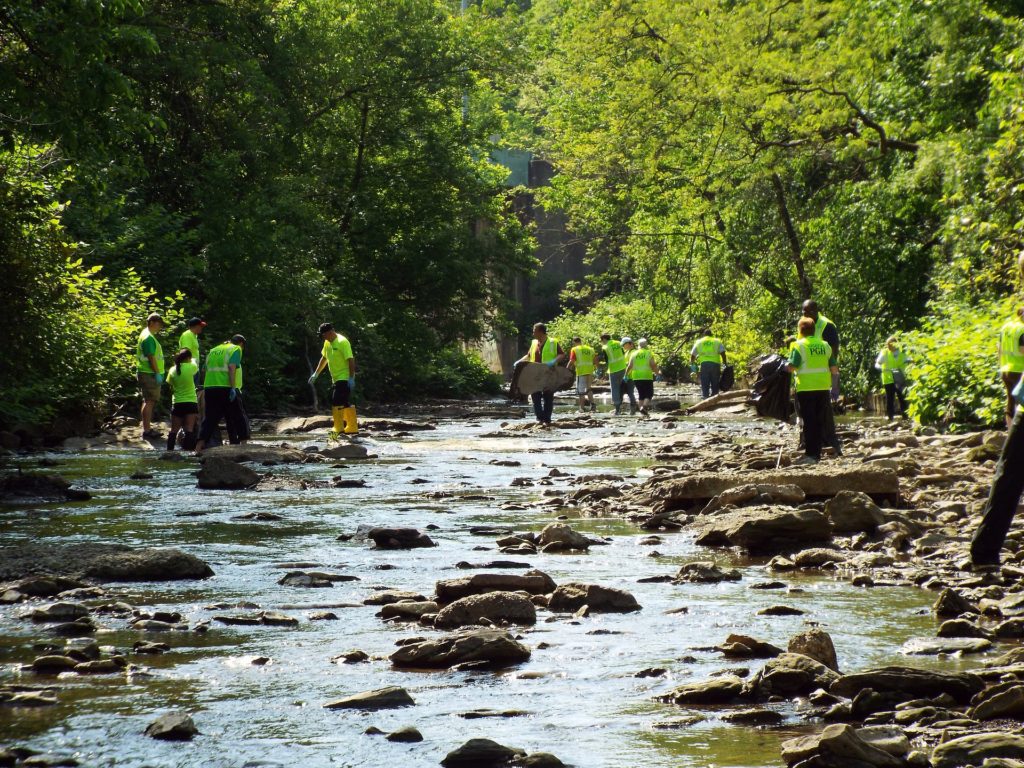
How to Get Involved
Participating in a local cleanup is as easy as clicking this link and registering for the nearest volunteer site! Official cleanup events will be held from 9am to noon on Saturday, September 17.
If you can’t make it to an organized cleanup event, no worries! You can pick up trash on your own any time in the month of September and it will count towards our countywide goals. Here’s how to hold a self-guided cleanup:
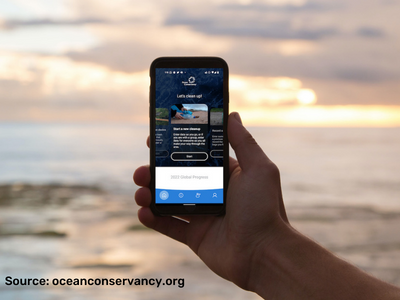
- Register your self-guided cleanup using this form. That way, the County can make sure you have all the information you need and can send you a small thank you gift for volunteering!
- Download the Swell App to track your impact.
- Safety first. Follow San Mateo County’s latest safety protocols. Also, bring gloves, plenty of water, and never pick up sharp objects.
- Enter a giveaway! Snap a cleanup selfie and use the hashtag #thesmccoastisclear on Facebook or Instagram to be entered to win a $25 digital Visa Gift Card. Ten winners will be selected.
Like a Wave, Stay Current
When you’re surfing the net, make sure to see what all the commocean is about! Social media accounts and additional resources for Coastal Cleanup Day can be found below:
- Twitter: @smchealth
- Facebook: @smchealth
- Register for a cleanup event and find more information at smchealth.org/ccd.
- Check out the Self-Guided Cleanup Guide if you’re planning to hold your own cleanup.
- Check out this Community Cleanup Guide for checklists, safety recommendations, contact info, and information on hosting your own community cleanup.
- Contact pollutionprevention@mscgov.org or call (650) 372-6200 with any questions.
We hope to sea you out there soon!
